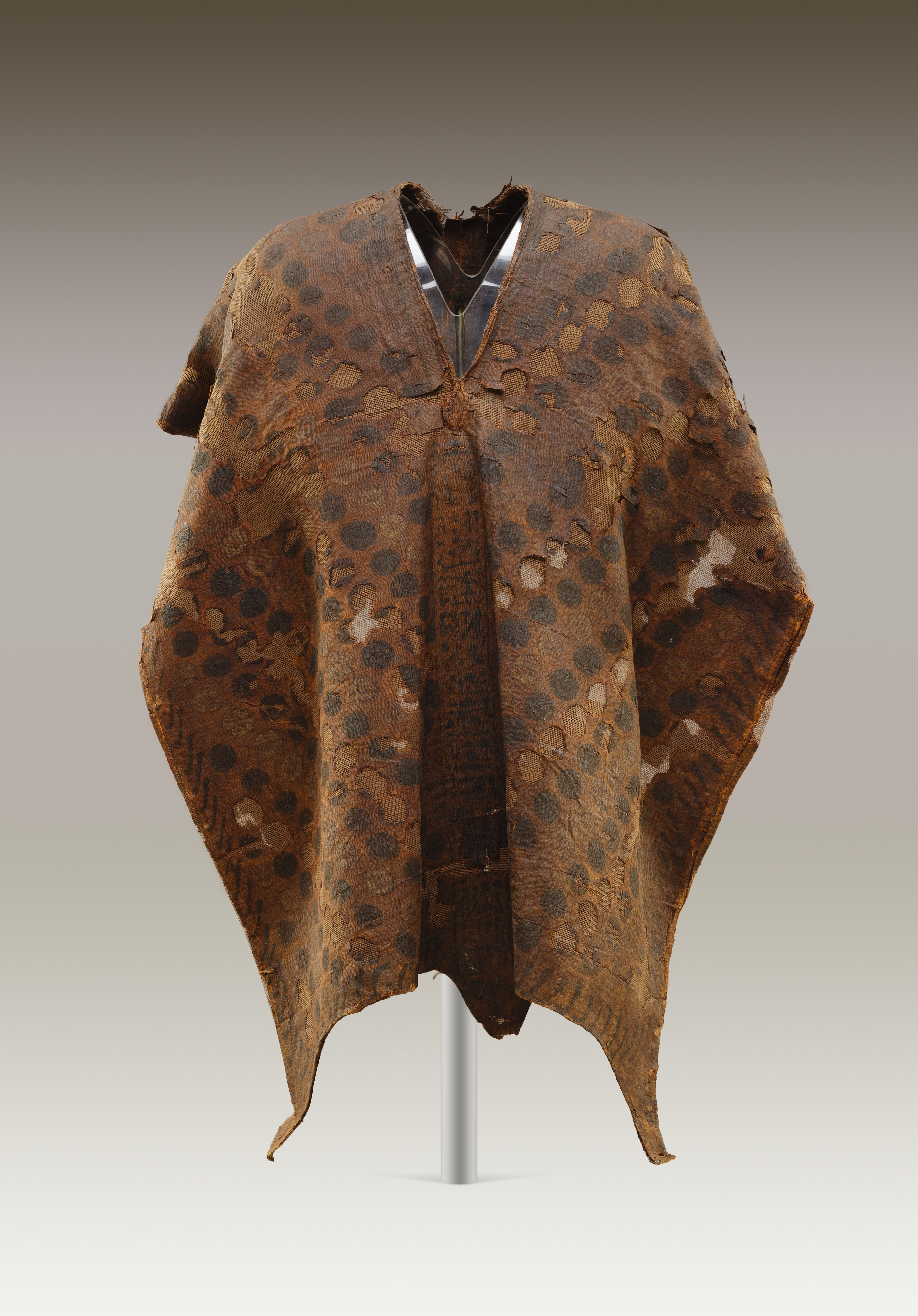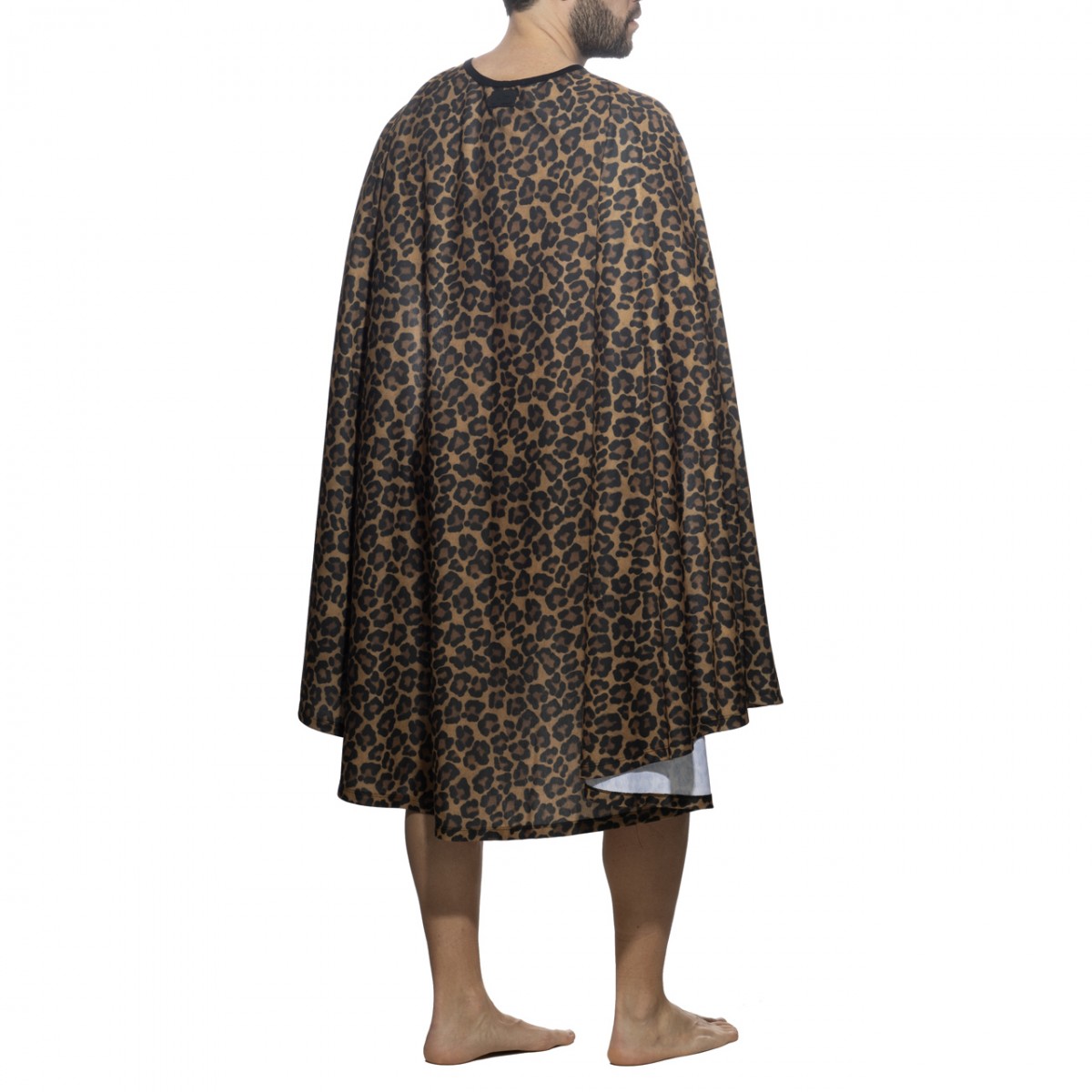“When Nimrod, as “the Leopard-tamer” began to be clothed in the leopard-skin, as the trophy of his skill, his spotted dress and appearance must have impressed the imaginations of those who saw him; and he came to be called not only the “Subduer of the Spotted one” (for such is the precise meaning of Nimr—the name of the leopard), but to be called “The spotted one” himself”
The name “Nimrod” is Chaldean, and means “The subduer of the leopard”—from ‘Nimr’, “leopard”, or “spotted one”, and ‘rad’, “to subdue”, in commemoration of him as the first to use the hunting leopard or cheetah, for the chase of the deer”
“Like the priests of Bacchus, the Egyptian High Priest of Osiris had to be clothed in a leopard’s skin”
“Leopard skins,” says Wilkinson, “were worn by the High Priest at all the most important solemnities, and the King himself adopted it when engaged (as High Pontiff) in the same duties.”
“Leopard’s skins were the insignia of the god, and Osiris himself, like Bacchus, is represented as clothed with a leopard’s skin”
“This further identifies Osiris with Nimrod, the “leopard subduer” and the “spotted one.”

“Now the name Nimrod signifies “the subduer of the leopard.”
“This name seems to imply, that as Nimrod had gained fame by subduing the horse, and so making use of it in the chase, so his fame as a huntsman rested mainly on this, that he found out the art of making the leopard aid him in hunting the other wild beasts”
“This custom of taming the leopard, and pressing it into the service of man in this way, is traced up to the earliest times of primitive antiquity”
“In the works of Sir William Jones, we find it stated from the Persian legends, that Hoshang, the father of Tahmurs, who built Babylon, was the “first who bred dogs and leopards for hunting.”
“As Tahmurs, who built Babylon, could be none other than Nimrod”

SOURCES;
(Alexander Hislop, “The Two Babylons; Or, the Papal Worship Proved to be the Worship of Nimrod and His Wife”; 1873)
(John Garnier, “The Worship of the Dead: Or the Origin and Nature of Pagan Idolatry and Its Bearing Upon the Early History of Egypt and Babylonia”; 1904)